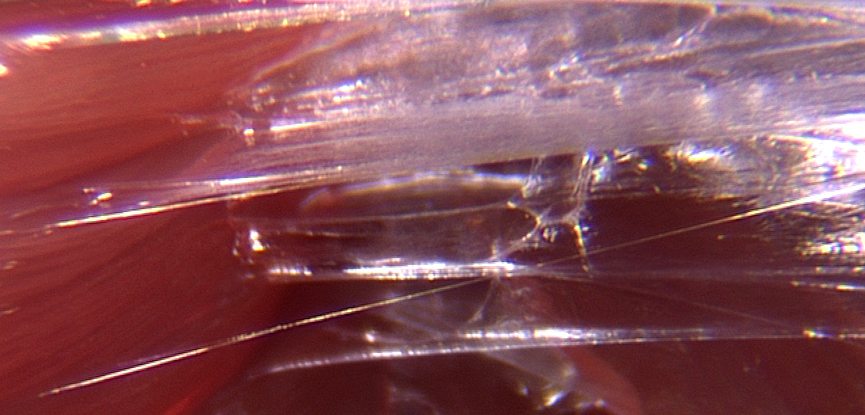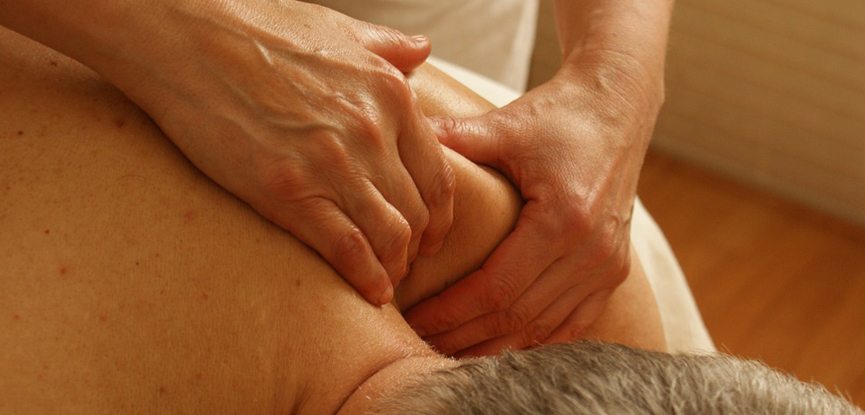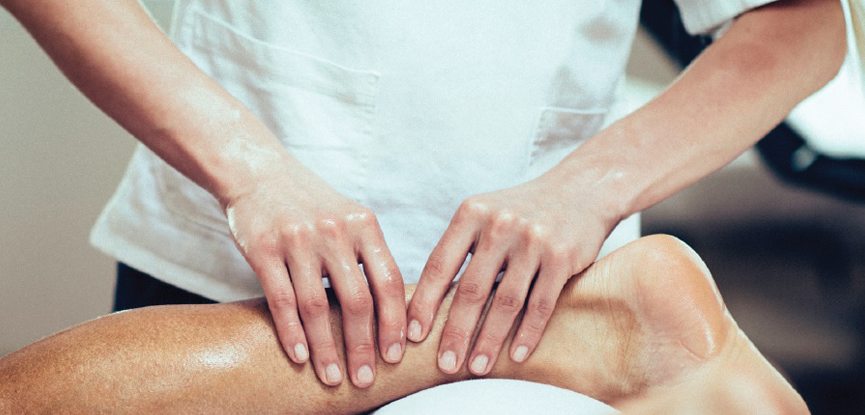Be in the Know
Guided by industry experts, expand your sports massage knowledge our in-depth career articles and guides
Sports massage focuses on treating soft tissue aches, pains and injuries associated with recreational activities. Traditional massages use similar techniques but focus more on the relaxation of the body. In recent years sports massages have increased greatly in popularity. This could be down to the fact that the massages themselves can be beneficial to the average gym goer, as well as those involved in amateur and professional sport.
For many of us, our work is sedentary and desk orientated, which brings a lot of postural problems and changes. These postural changes are brought about by imbalances in the body through shortening or lengthening of the muscles. Sports massages, as opposed to a regular massage, will help to correct this by working deeply into the muscles to release the fine sheath, called fascia, that covers the entire muscular system.

Sports massages are not unlike other massages in various ways. Both sports massage and others types will use a lubricant, such as massage oil or cream, and a firm flat surface for a person to lie upon, typically a massage bed or table. Massages will use a technique known as effleurage to initiate the session. The reason for this is that it relaxes the person being massaged and helps to apply the oil evenly over the skin. with this technique, the masseur uses light hand strokes that move upwards towards the heart rather than the opposite way as it prevents vein damage.
When these strokes are finished, the hands are brought down the area firmly on the skin. This is a perfect way to warm the muscles up as well as a nice preparation for a deep tissue treatment. The massage therapist will then use their palms or the knuckles to apply a firm, kneading pressure to pull half the muscles towards the masseur whilst the other half are pushed the other way, this is known as petrissage.

According to the North American Journal of Sports Physical Therapy (NAJSPT) what follows effleurage and petrissage is unique to sports massage. For a massage to be considered a sports massage the therapist will have to apply a cross-friction movement in the main part of the treatment. This is where the therapist looks to smooth out any knots or scar tissue by applying deep pressure using both thumbs at the centre the muscle. Once the muscle feels like it is loosening off, a circular motion is used to break down the adhesions and scar tissue. If any lumps, knots, or sensitive spots are felt a constant and deep pressure is applied to these points using the thumbs.
The NAJSPT state that these localized, sensitive points in the muscles are known as a trigger points. The masseur needs to gauge how well the muscle is responding to the treatment and they do this by increasing the pressure on the trigger point until the pain level reaches a seven out of ten on the pain scale (ten being painful). When the pressure is right it will be held until the pain decreases to four on the pain scale. Although the stripping phase hurts, it is effective as it helps the body recover from the stresses of strenuous exercise by facilitating the rebuilding phase of conditioning.

Robertson et al found, in their study into the effects of leg massage on recovery from high-intensity cycling exercise, that deep tissue work improves blood and lymph circulation, muscle relaxation together with general relaxation. These, in turn, lead to the removal of waste products and better cell nutrition and when combined with they give greater elasticity to the tissues. Robertson et al also found that when combined with the other techniques the cross-friction stage led to the deactivation of trigger points which added to the overall healing of injuries.
The main differentiator with a sports massage is that, in addition to general recovery and relaxation, the massage therapist focuses on the rehabilitation of specific muscles used in sport or recreational activity. Due to its targeted physiological approach, anyone who routinely stretches their physical limits through movement can benefit from a sports massage.
Usually, a person would request a sports massage if they have muscle strains as the massage helps to soften the stiffness and prevents scar tissue formation at the site of injury. It’s also believed that those who are generally stiff or sore through less strenuous activities than sports receive massive benefits as well. For example, parents with small children, gardeners and others who use their bodies physically often get will create imbalances that need to be addressed.
Further to this point, Barlow et al in their study into the effects of massage of the hamstring muscle group on the performance of the sit and reach test, found that a sports massage will help most people of any background regain flexibility. A massage will do this by breaking down dysfunctional muscle fibres and re-aligning new healing fibres in the direction of the muscles through the cross-friction stage. This will help to make the average person feel better generally and more flexible and it will also prevent injuries from occurring in the first place. A good example of a target group who would benefit from this would be a previously fit and well woman who is likely to experience muscular injuries after she gives birth.
Therefore, incorporating a sports massage into any fitness programme will get a person get into good shape faster and with less stiffness and soreness. It also helps to relieve conditions which may cause injuries like chronic stiffness and imbalanced muscles that regular people suffer from meaning that a sports massage is not just the reserve of the athlete.
You can start your career in sports massage therapy today by enrolling onto one of our sports massage courses. Or, if you want to test your sports massage knowledge, try our Level 3 Sports Massage Mock Exam.
Back to articlesAnd discover more about the world of massage therapy
Great news, you're on the list...